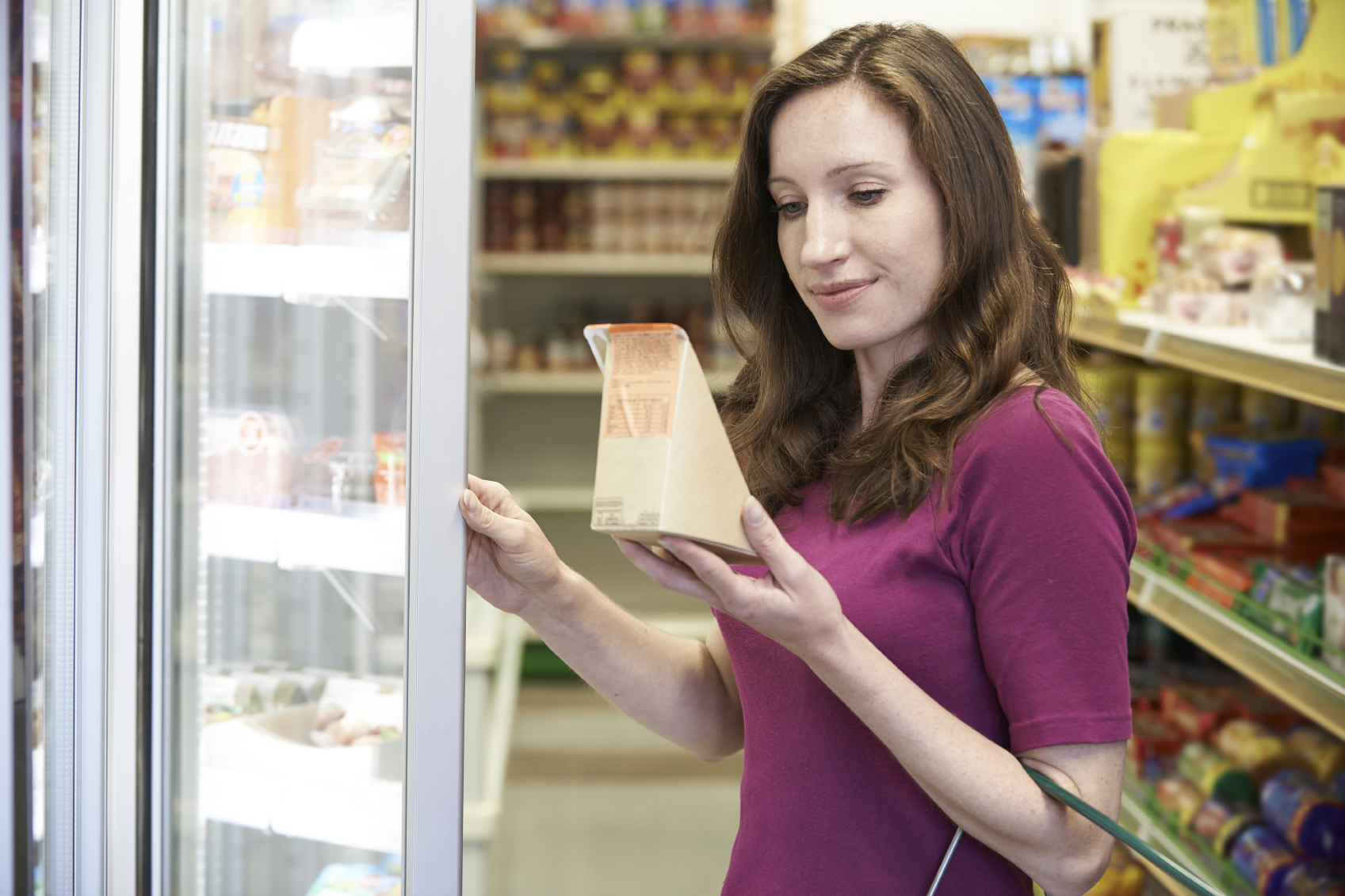
Packaging should not only provide nutritional information but should “also help people to change behaviour,” said Shirley Cramer, chief executive of the Royal Society of Public Health.
There is “little evidence” that traffic light labelling actually changes behaviour, she said.
In a personal view, published in The BMJ, Ms Cramer said food and drinks should be labelled with “activity equivalent” calorie information.
This should include how much time people could spend doing various different exercises that are “equivalent in the calories expended to those in the product”, she said.
Such information would help people to choose healthier products, eat smaller portions or do more exercise.
“The aim is to prompt people to be more mindful of the energy they consume and how these calories relate to activities in their everyday lives, to encourage them to be more physically active,” she wrote.
She points to research which found that 44% of people find current front-of-pack information confusing.
“Such information needs to be as simple as possible so that the public can easily decide what to buy and consume in the average six seconds people spend looking at food before buying,” she added.
“People find symbols much easier to understand than numerical information, and activity equivalent calorie labels are easy to understand.
“For example, the calories in a can of fizzy drink take a person of average age and weight about 26 minutes to walk off.”
READ MORE
Dairy has fallen foul of ‘food police’
Food is Free initiative bringing communities together to grow vegetables

Enjoy the convenience of having The Sunday Post delivered as a digital ePaper straight to your smartphone, tablet or computer.
Subscribe for only £5.49 a month and enjoy all the benefits of the printed paper as a digital replica.
Subscribe